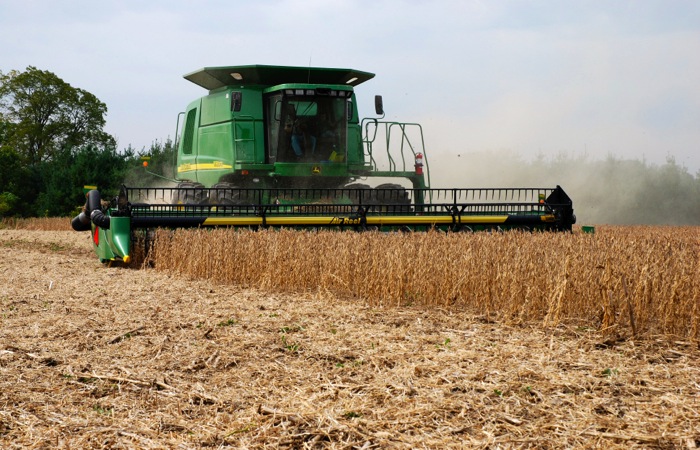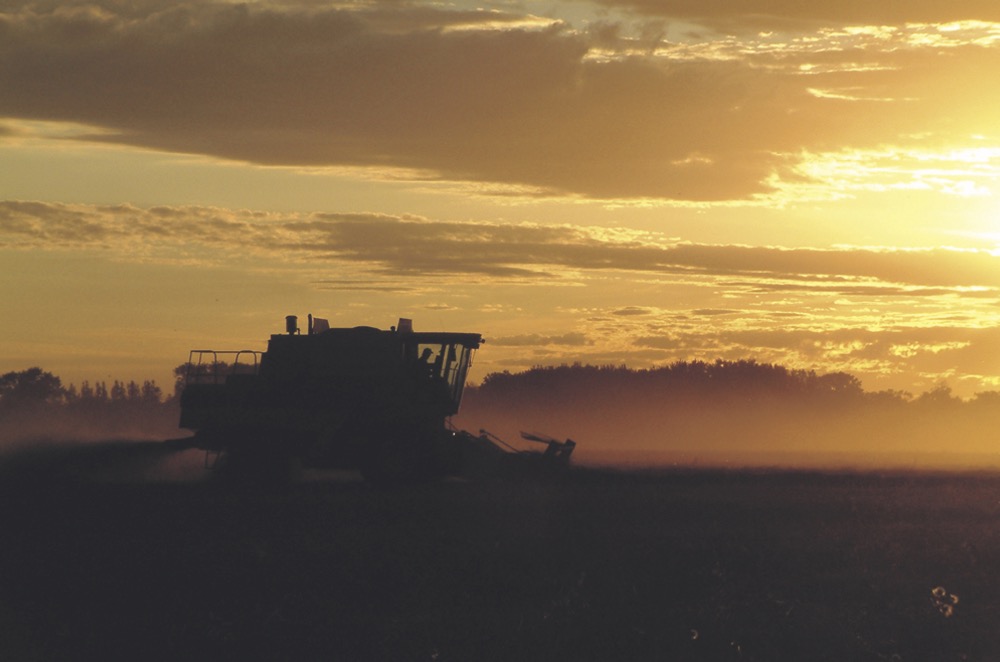Rain showers last week delayed harvest for some producers but most were back in the field within a few days. Seventy-five per cent of the crop is now combined, up from 65 per cent last week, which is well ahead of the five-year (2012-2016) average of 58 per cent for this time of year. Sixteen per cent of the crop is swathed or ready to straight-cut.
Harvest is most advanced in the southwestern region, where 89 per cent of the crop is now combined. The southeastern region has 86 per cent combined, the west-central region 74 per cent and the east-central region 72 per cent. The northeastern region has 53 per cent combined, while the northwestern region has 46 per cent combined. While many producers have wrapped up harvest operations, many more will need weather conditions to improve so that crops can dry down sufficiently for harvest to continue.
Read Also

Claas brings 1000 Series SP forage harvesters to Canada
In mid-August, Claas unveiled its new line of Jaguar forage harvesters at an event in Visalia, California, deep in the heart of that state’s dairy region.
Ninety-seven per cent of the field peas, 88 per cent of the mustard, 87 per cent of the durum, 83 per cent of the chickpeas and barley, 76 per cent of the spring wheat, 65 per cent of the oats and 33 per cent of the flax have now been combined. Thirty per cent of the canola is swathed or ready to straight-cut.
After more than a month of little to no rainfall, most areas of the province received between trace amounts to 36 mm in the Carnduff area. Additional rainfall earlier this week was welcomed by the majority of producers as it will help replenish topsoil moisture conditions and germinate fall cereals.
Topsoil moisture conditions have slightly improved with the recent rainfall, although the subsoil will need significant amounts of rain to replenish what has been lost from the hot and dry weather. Across the province, topsoil moisture on cropland is rated as 21 per cent adequate, 37 per cent short and 42 per cent very short. Hay land and pasture topsoil moisture is rated as 16 per cent adequate, 36 per cent short and 48 per cent very short.
Overall crop quality has been good to excellent, with minimal disease issues. Crop yields vary greatly across the province, depending on seeding dates and summer moisture levels. While the majority of crops have yielded about average so far, many producers in southern and central areas have reported significantly lower than average yields on crops such as canola, soybeans and durum.
Strong winds, lack of moisture and frost are the main causes of crop damage this past week. Combine and grass fires continue to be reported due to the extremely dry conditions. Pastures and hay land have suffered greatly from the lack of moisture and will need significant rainfall. Pasture conditions across the province are rated as 10 per cent good, 25 per cent fair, 35 per cent poor and 30 per cent very poor.
There were six incidents of farm machinery contacting power equipment last week, bringing the total in September to 16. SaskPower urges anyone who has come in contact with electricity to seek medical attention immediately, even if there are no signs of injury. Producers are urged to be extremely careful when using equipment around power lines. Safety information is available on the SaskPower website safety pages.
Saskatchewan Harvest: Sept. 18, percentage combined
- Winter wheat – 99
- Fall rye – 100
- Spring wheat – 76
- Durum – 87
- Oats – 65
- Barley – 83
- Canaryseed – 58
- Flax – 33
- Canola – 64
- Mustard – 88
- Soybeans – 12
- Lentils – 99
- Peas – 97
- Chickpeas – 83














